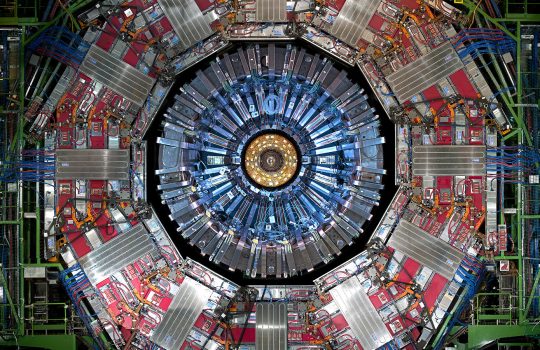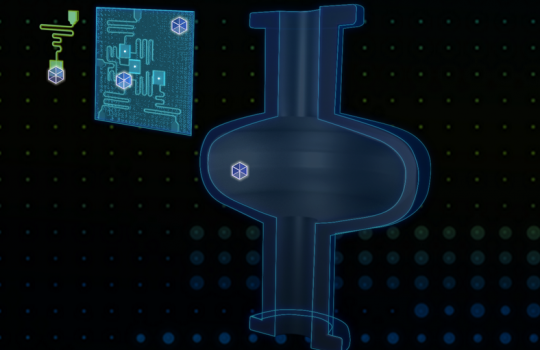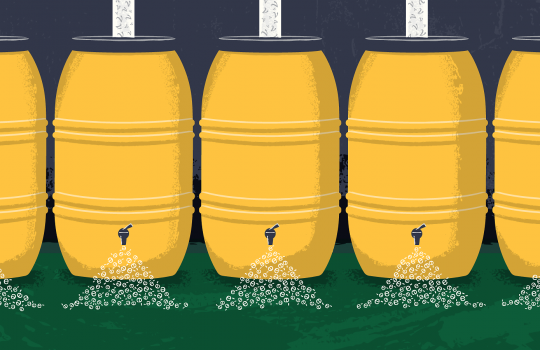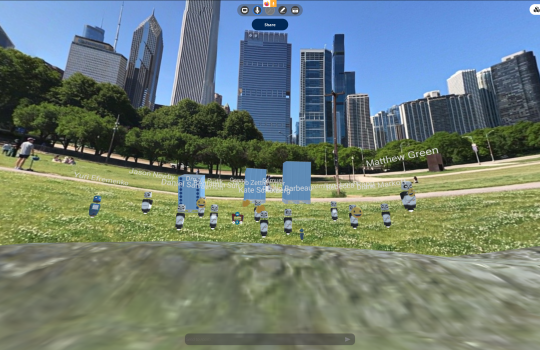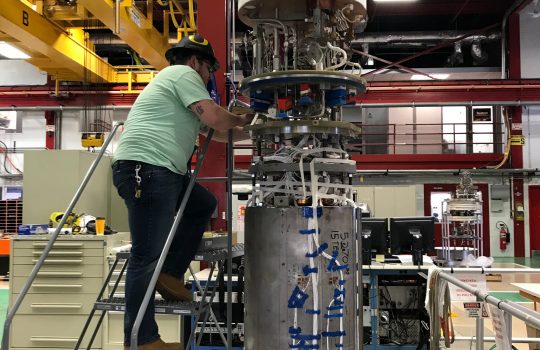Two construction projects reach major milestones at Fermilab
- construction
- Deep Underground Neutrino Experiment
- DOE
- DUNE
- Edwards Center
- Integrated Engineering Research Center
- international engagement
- LBNF
- Long-Baseline Neutrino Facility
- PIP-II
- VIP
Partners celebrate the site dedication of the Integrated Engineering Research Center and the groundbreaking for the PIP-II cryoplant building.


